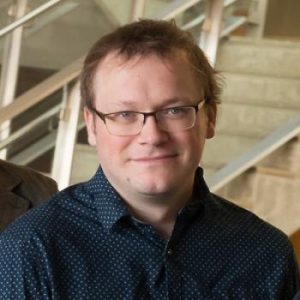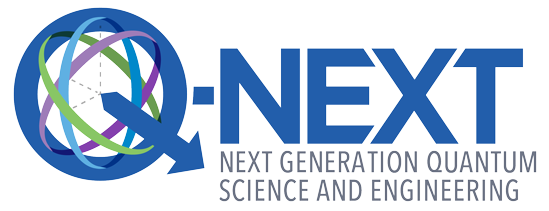By Joe Heremans

Since Q-NEXT’s inception, the quantum foundry thrust has been ramping up design and build-out at Argonne and SLAC to meet scientific requirements for Q-NEXT and conform with on-site safety protocols. The foundries will serve as a national resource producing a robust supply chain of standardized materials and devices that will support both known and yet-to-be-discovered quantum-enabled applications. A key goal is for both foundries to be operational in 2022.
The Argonne Quantum Foundry facility (roughly 7,500 square feet) is focused on developing scalable semiconductor quantum systems. Facility design is already at 95% completion. Facility construction will go out for bid this month. In parallel, new CVD diamond growth tools (Seki Diamond) and environment-controlled annealing furnaces are being purchased, as are an angled evaporator (ANGSTROM) and a flip-chip bonding tool (SETNA) to be installed in the Argonne Cleanroom, located adjacent to the Center for Nanoscale Materials at Argonne. These tools will begin coming online by early summer 2021 and will serve as the basis for high-quality diamond material growth, defect creation, surface preparation and device integration. A subsequent set of cutting, polishing, surface treatment and growth tools is planned for installation in late 2021.
The SLAC Detector Microfabrication Facility will be used for fabricating high-precision superconducting devices. Construction specifications are at the 80% design level, and we hope to finalize all design and construction specifications soon. Meanwhile, Q-NEXT tool procurement is progressing. Our first set of tools will include an ASML stepper to optimize control and repeatability of device patterning, while meeting stringent requirements for scalability. Also slated to be procured this year is a double-angled shadow evaporator (PLASSYS) for fabricating high-quality Josephson junctions between aluminum and aluminum oxide. The next set of tools to be procured will be a fleet of wet benches to support chemical etching and wafer preparation for lithography.
We look forward to connecting within the Q-NEXT community for any comments or suggestions on specific tools.
Joe Heremans is the Q-NEXT Quantum Foundry Thrust lead.
This work was supported by the DOE Office of Science National Quantum Information Science Research Centers.
